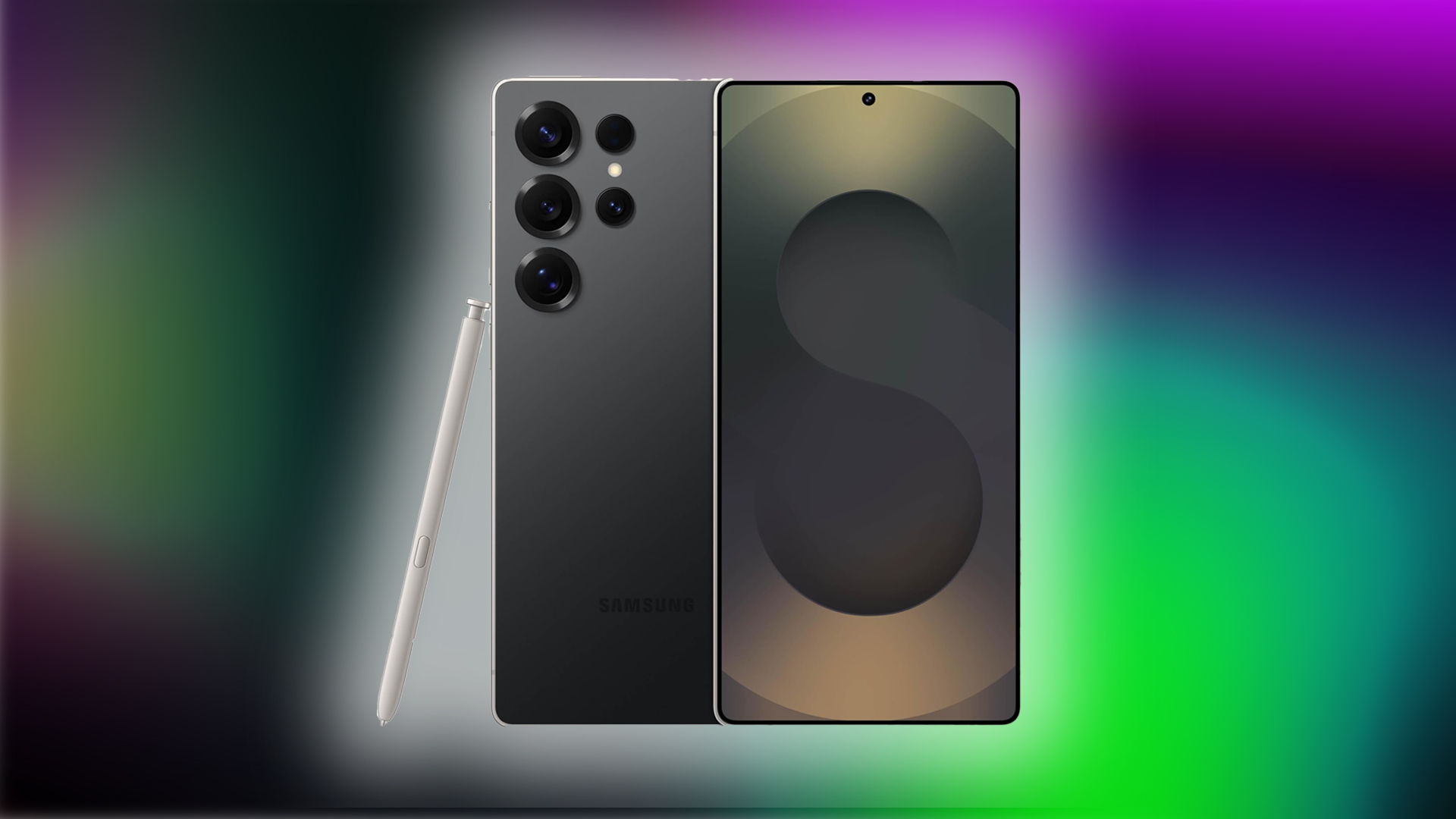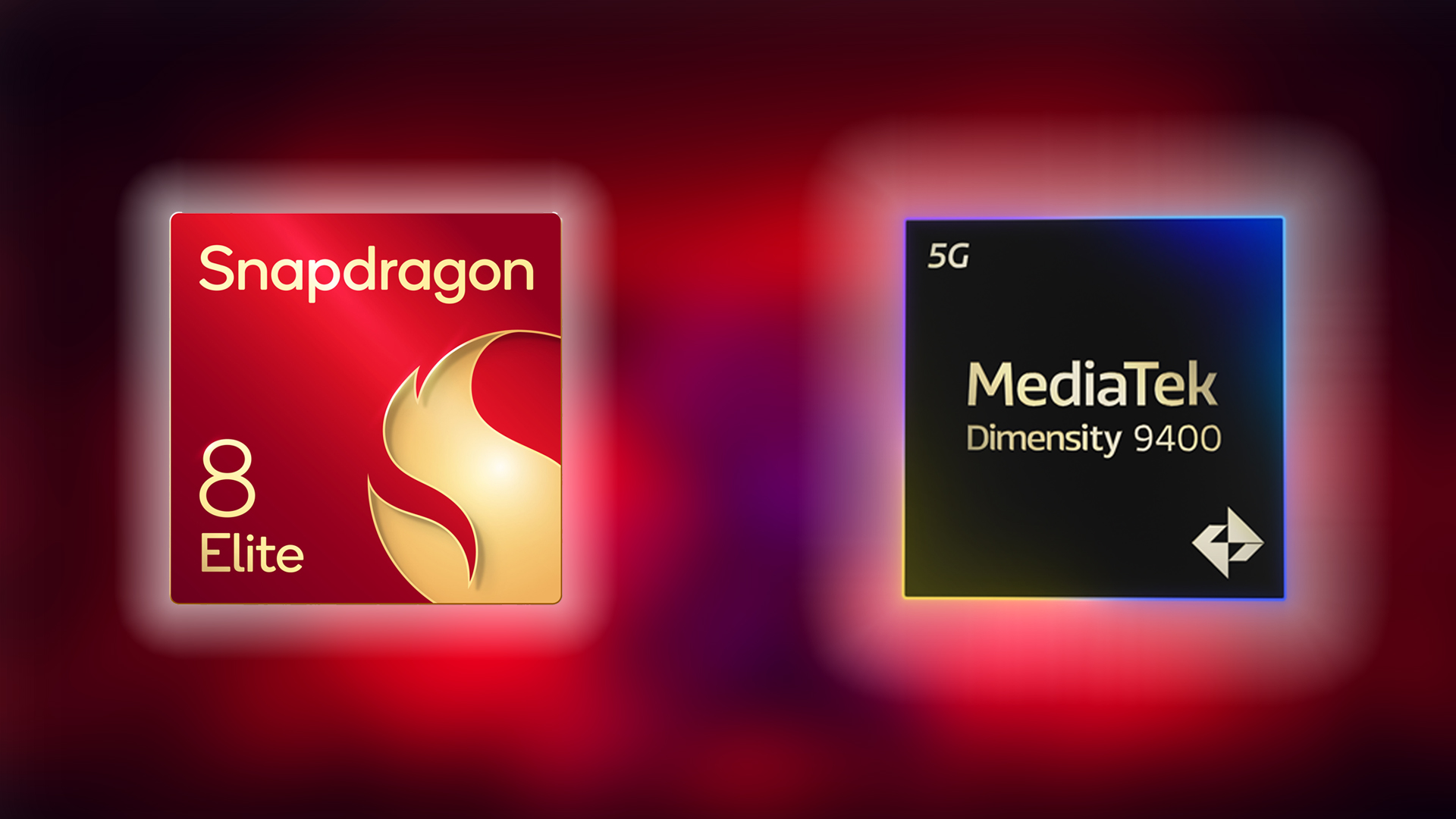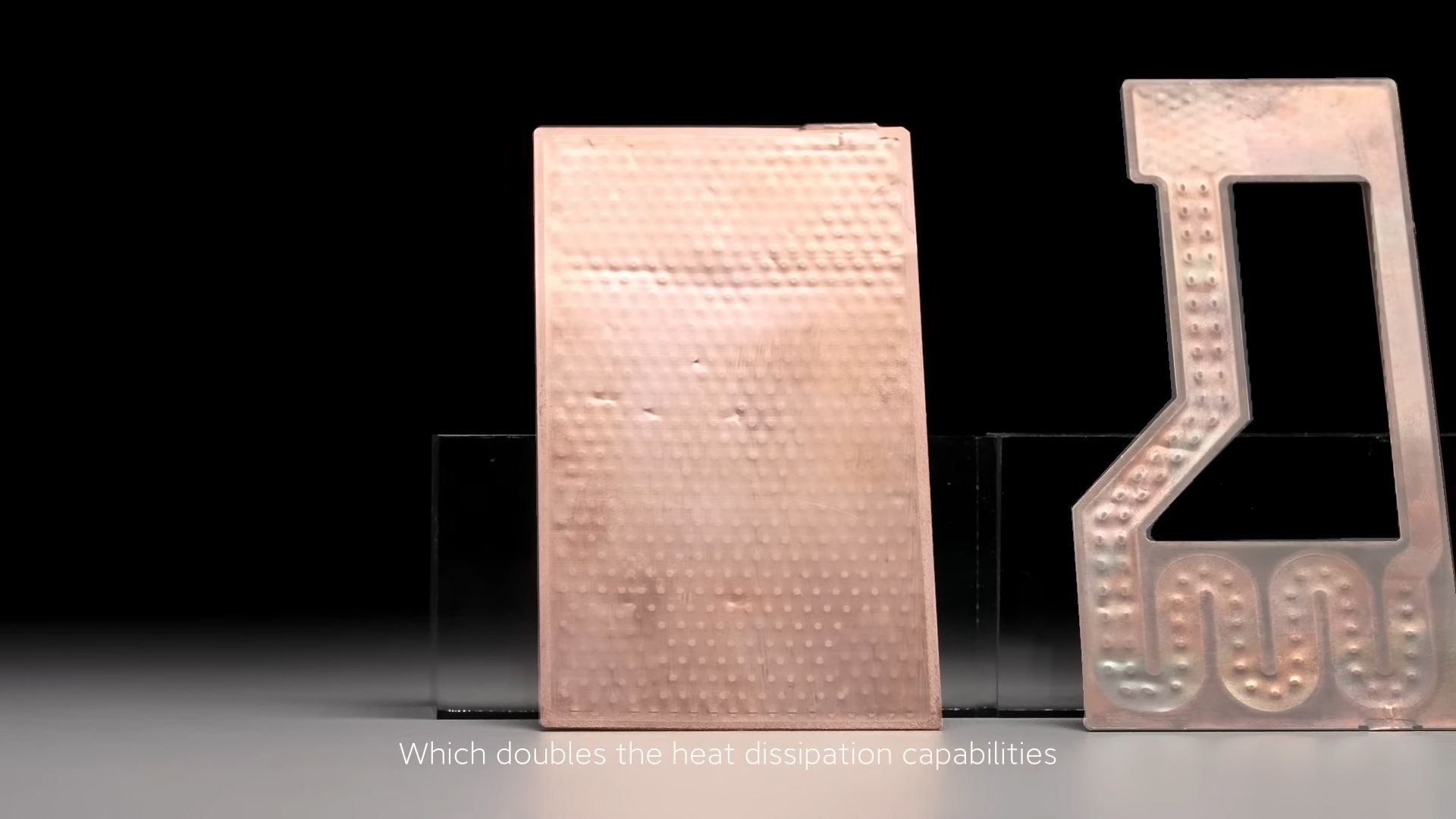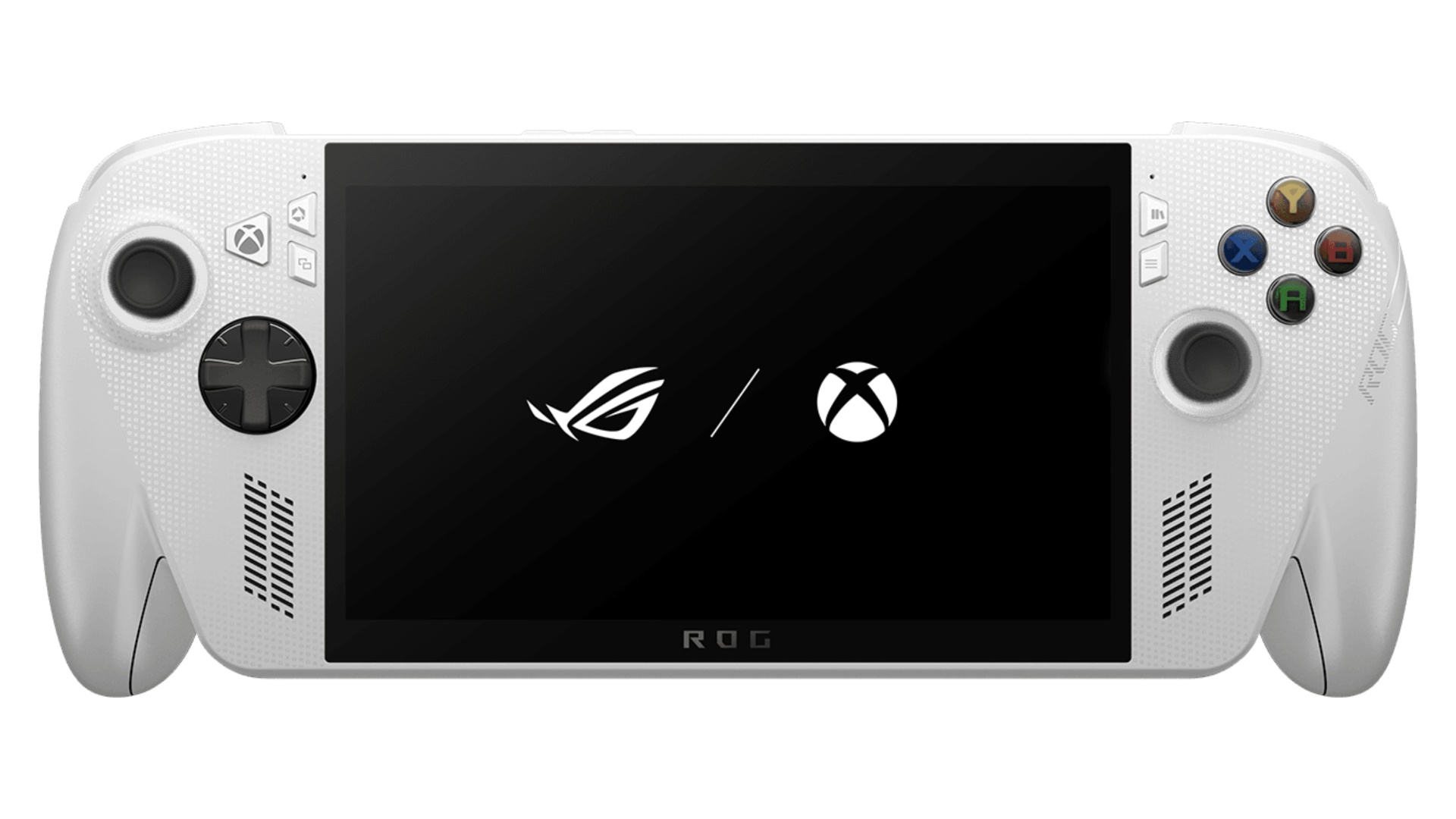Picking up a phone for gaming and multitasking? Here’s how to choose the right chipset, cooling, and more.

When picking a smartphone, you need to pay close attention to which chipset it comes with. As for PCs, we have motherboards, followed by individual components such as CPU, RAM, GPU, etc. The feeling is the same. In mobile phones, we have chipsets, which comprise everything from the CPU to the storage.
So if you are looking to multitask a lot with your phone, say, even dock it and use it like a desktop, there are a few things you need to understand before picking a phone for that purpose.
What Makes a Chipset Great for Gaming and Multitasking on Your Phone

Let us imagine you are a mobile vendor like Nothing. You bundle in the most powerful SOC (System-on-chip) and max out storage, but you spend little on R&D for software. The phone would be unusable, as there needs to be equally capable software powering your hardware.
A good phone shines in the hardware and software departments, making it fit for multitasking and hardcore gaming. Hardware alone isn’t enough. Have a look at Apple and their spec sheet. It’s software sorcery that pulls off the “Apple experience.”
Proper cooling is also required with a good hardware and software combination, so the phone can efficiently dissipate all the heat and not throttle. Gaming and Multitasking push your phone’s hardware to its limits, the workload becomes intense, and the SoC heats up rapidly.
Diving into technicality—the software kernel must be coded to tell the scaling governor not to overvolt the CPU or GPU when the workload is high, i.e., it must use Vdroop. The voltage should go down as amps go up. All of this must be coded appropriately, or the phone overheat or even explode.
Factors to Consider When Choosing a Gaming and Multitasking Chipset

CPU and GPU Capabilities
When choosing a phone, based on what CPU it provides, follow these instructions:
- Look for chips with dedicated high-performance cores alongside efficiency cores.
- Higher GHz ratings generally mean faster app launches and smoother performance.
- Newer ARM Cortex designs like the A78 and X4 cores outperform older generations.
When deciding on a GPU, consider this critical info.
GPUs like Adreno 750, Mali G715 MC, or MP offer ray tracing and deliver incredible visual fidelity and higher frame rates. They will likely support higher refresh rate displays above 120Hz.
Memory and Storage Performance
After CPU and GPU, gamers or end users usually look for storage and how much RAM the device offers. Below are a few good configurations mentioned.
- 8GB minimum recommended, 12 GB+ ideal for heavy multitasking.
- LPDDR5 memory performs better than older LPDDR4X.
- UFS 3.1+ storage reduces game loading and app switching delays. If it’s UFS 4, then it’s the best you can get (period).
Power Efficiency and Thermal Management
As mentioned earlier, thermal management is vital, as the phone heats up immensely during an intense workload. Without proper heat dissipation, the phone will thermal throttle. Efficiency also scales linearly with temperature; the cooler it runs, the more efficient it is. Pay attention to the information mentioned below.
- 4nm and 3nm chips consume less power than the older 7nm design.
- Better heat management maintains consistent frame rates during extended gaming sessions.
- Great software has better scaling governors, and they manage your CPU and GPU perfectly. OnePlus is such an example, next is ASUS ROG.
Best Mobile Chipsets for Gaming & Multitasking (2024–2025)
Below are a few chipsets you can go for when choosing a phone for its performance:
- Snapdragon 8 Elite: The fastest Android chip on the market. It also has the fastest GPU.
- Dimensity 9400: All big-core design + Immortalis-G925 GPU. Incredible performance, neck, and neck with the 8 Elite.
- Apple A18 Pro: As always, it is on a different level, offering best-in-class efficiency and power-to-performance figures.
- Snapdragon 8 Gen 3: Last-gen flagship, still mighty.
- Tensor G3: It’s powerful, but not that much. It still has enough oomph to multitask; the Pixel software does all the magic.
- Snapdragon 7+ Gen 3 / Dimensity 8400: Great mid-range picks for balanced performance and casual gaming.
Always look beyond the specs. Look for devices that offer great cooling and plenty of RAM. Most importantly, check for their software reviews.
One easy way to check for good software is to determine the phone’s battery life, which proves how well the developers utilize the hardware. Another thing you can check is the driver support. Qualcomm offers driver updates via the Play Store, though developer implementation seems to be hit-and-miss.
We provide the latest news and “How To’s” for Tech content. Meanwhile, you can check out the following articles related to PC GPUs, CPU and GPU comparisons, mobile phones, and more:
- 5 Best Air Coolers for CPUs in 2025
- ASUS TUF Gaming F16 Release Date, Specifications, Price, and More
- iPhone 16e vs iPhone SE (3rd Gen): Which One To Buy in 2025?
- Powerbeats Pro 2 vs AirPods Pro 2: Which One To Get in 2025
- RTX 5070 Ti vs. RTX 4070 Super: Specs, Price and More Compared
- Windows 11: How To Disable Lock Screen Widgets
 Reddit
Reddit
 Email
Email


